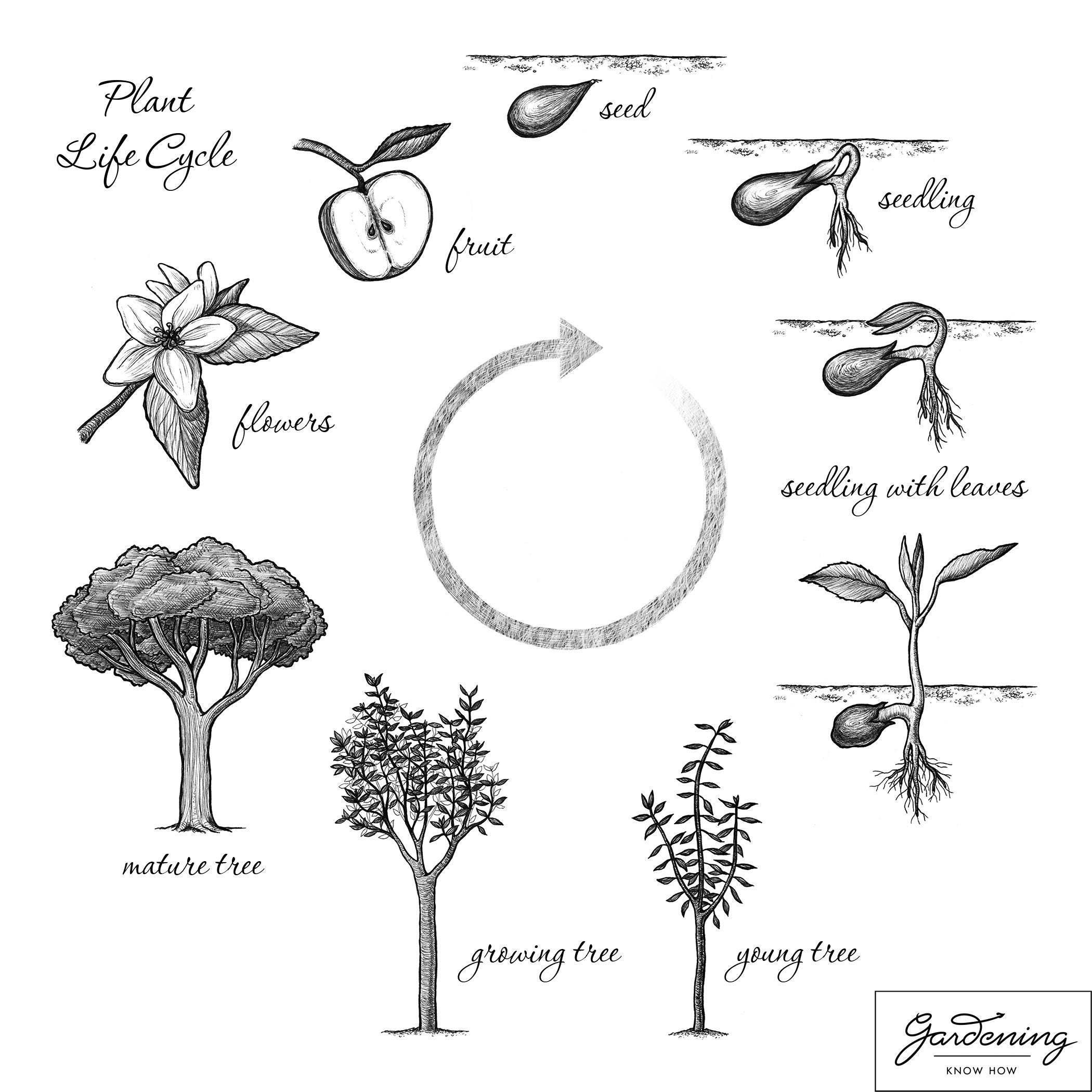Basic Plant Life Cycle And The Life Cycle Of A Flowering Plant


While many plants can grow from bulbs, cuttings, or divisions, the majority of them are grown from seeds. One of the best ways to help kids learn about growing plants is by introducing them to the basic plant life cycle. Bean plants are a great way to do this. By allowing kids to both examine and grow their own bean plant, they can develop an understanding of the plant's seed life cycle.
General Life Cycle of a Plant
Learning about the life cycle of a flowering plant can be fascinating, especially for kids. Start by explaining what a seed is. All seeds contain new plants, called embryos. Most seeds have an outer cover, or seed coat, which protects and nourishes the embryo. Show them examples of the various types of seeds, which come in many shapes and sizes. Use handouts, which can be filled out and colored, to help kids with seed and plant anatomy. Go on to explain that seeds remain dormant, or asleep, until certain growing conditions are met. If kept cool and dry, this can sometimes take years.
Seed Life Cycle: Germination
Depending on the type of seed, it may or may not require soil or light to germinate. However, most all plants need water in order for this process to occur. As water is absorbed by the seed, it begins to expand or swell, eventually cracking or splitting the seed coat. Once germination occurs, the new plant will gradually begin to emerge. The root, which anchors the plant to the soil, grows downward. This also enables the plant to take up the water and nutrients required for growth. The shoot then grows upward as it reaches for the light. Once the shoot reaches the surface, it becomes a sprout. The sprout will eventually take on a green color (chlorophyll) upon developing its first leaves, at which time the plant becomes a seedling.
Basic Plant Life Cycle: Seedlings, Flowers, & Pollination
Once the seedling develops these first leaves, it is able to make its own food through photosynthesis. Light is important for this process to occur, as this is where the plant gets its energy. As it grows and becomes stronger, the seedling changes into a young adult plant, with many leaves. Over time, the young plant will begin to produce buds at the growing tips. These will eventually open up into flowers, which is a good time to introduce kids to the different types. In exchange for food, insects and birds often pollinate the flowers. Pollination must occur in order for fertilization to happen, which creates new seeds. Take this opportunity to explore the pollination process, including the various methods plants have for attracting pollinators.
Repeating the Life Cycle of a Flowering Plant
After pollination has occurred, the flowers transform into fruiting bodies, which protect the numerous seeds that are inside. As the seeds mature or ripen, the flowers will eventually fade away or drop. Once the seeds have dried, they are ready to be planted (or stored), repeating the life cycle of a flowering plant all over again. During the seed life cycle, you may want to discuss various ways seeds are dispersed, or spread, as well. For example, many seeds are passed through animals after ingesting the seeds. Others are spread through water or air.

Gardening tips, videos, info and more delivered right to your inbox!
Sign up for the Gardening Know How newsletter today and receive a free copy of our e-book "How to Grow Delicious Tomatoes".

Nikki Tilley has been gardening for nearly three decades. The former Senior Editor and Archivist of Gardening Know How, Nikki has also authored six gardening books.
-
 Looking For Plants To Give You The Soft And Fuzzies? Try These 5 Fuzzy Leaf Plant Options
Looking For Plants To Give You The Soft And Fuzzies? Try These 5 Fuzzy Leaf Plant OptionsLovers of texture, drama, silver foliage and tactile plants will adore these special sensory garden additions. These fuzzy leaf plant options will leave you all aglow
By Susan Albert
-
 Get Ready For A Summer Of Hummers! Grow These Full Sun Hummingbird Plants and Flowers
Get Ready For A Summer Of Hummers! Grow These Full Sun Hummingbird Plants and FlowersIf you’re lucky enough to enjoy a sunny backyard, make sure you are maxing out on your pollinator opportunities and grow these full sun hummingbird plants and flowers
By Tonya Barnett